Breast Cancer
Breast cancer research has never been in such an exciting and hopeful phase as today. From a clinical perspective, the discovery of genetic markers of risk in a proportion of familial breast cancer cases has opened up new vistas for understanding and ultimately preventing this disease. On the other hand, aggressive - even daring - therapies are being proven to be effective against advanced breast cancer. For the breast cancer experimentalist, this is also a time of great advance. Although animal and cell culture breast cancer models have proven to be of great use, there are now increasing opportunities to test the concepts developed in these models in actual clinical samples and cases. It is gratifying to see how well these concepts "translate" into the clinical setting. A very active area of research that is linking the laboratory to the clinic is the dissection of the biology and elucidation of the significance of proliferate breast disease and the identification of true, "high risk" or "preneoplastic" legions within the previously ill-defined spectrum of fibrocystic or benign breast disease. One anticipates that discoveries made here will also lead to earlier detection, intervention and prevention of life-threatening cancer.Even, however, as we look with optimism to the eventual eradication of breast cancer, we are once again forced to face the reality that we have not yet achieved our goal. Thus, we are saddened by the much too premature death of Dr. Helene Smith from breast cancer. Helena's work was at the forefront of efforts to understand the biology of human breast cancer at the molecular level. Her insight, open-mindedness, and refusal to sacrifice relevance for convenience will continue to set the standard for all breast cancer researchers. This volume is dedicated to her memory.
{{comment.content}}

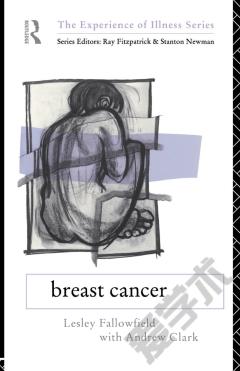
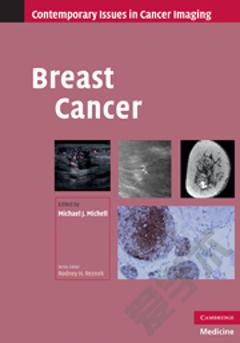
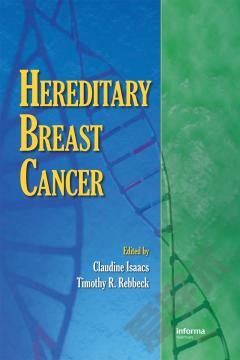
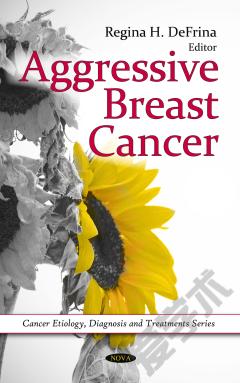
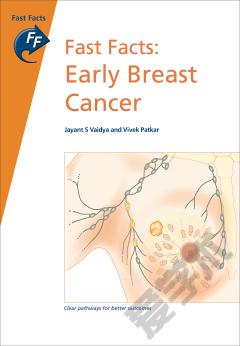


 京公网安备 11010802027623号
京公网安备 11010802027623号